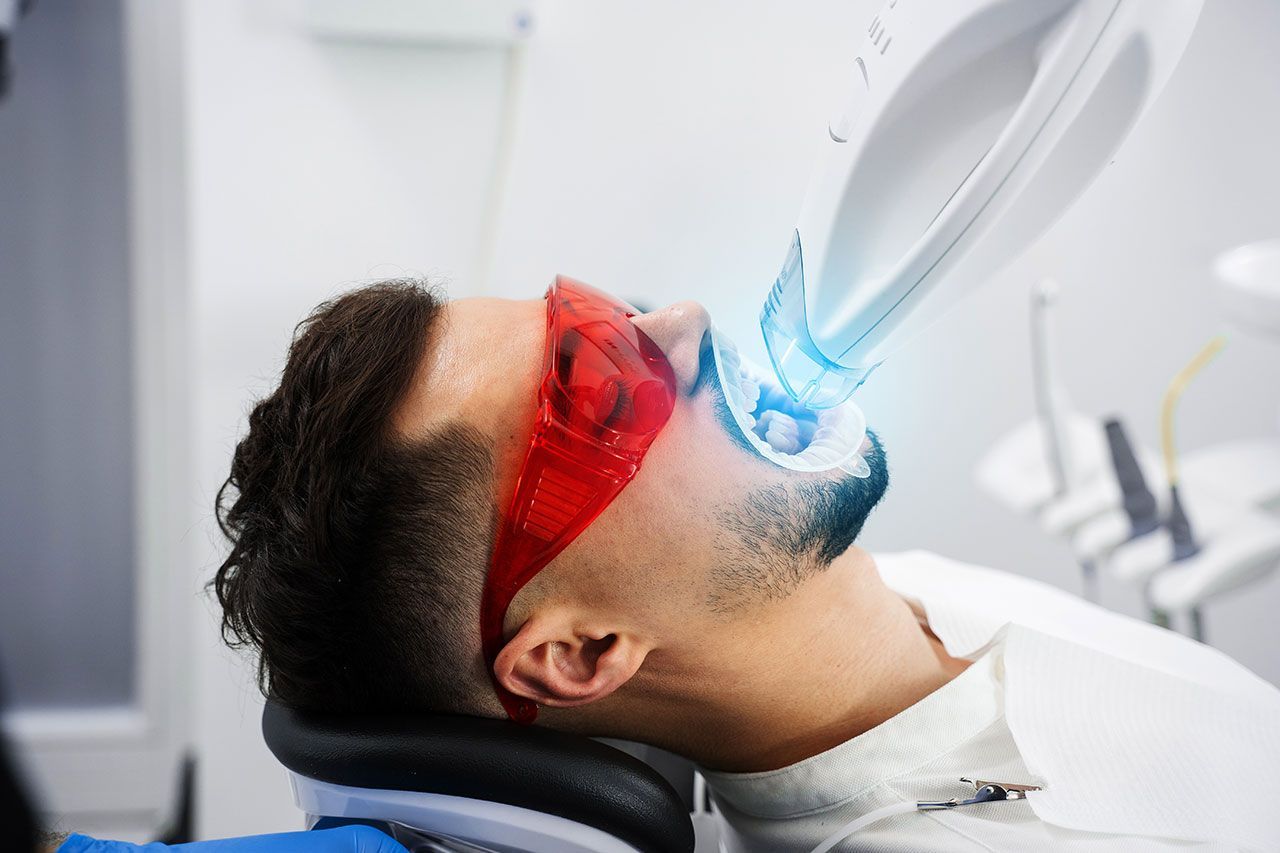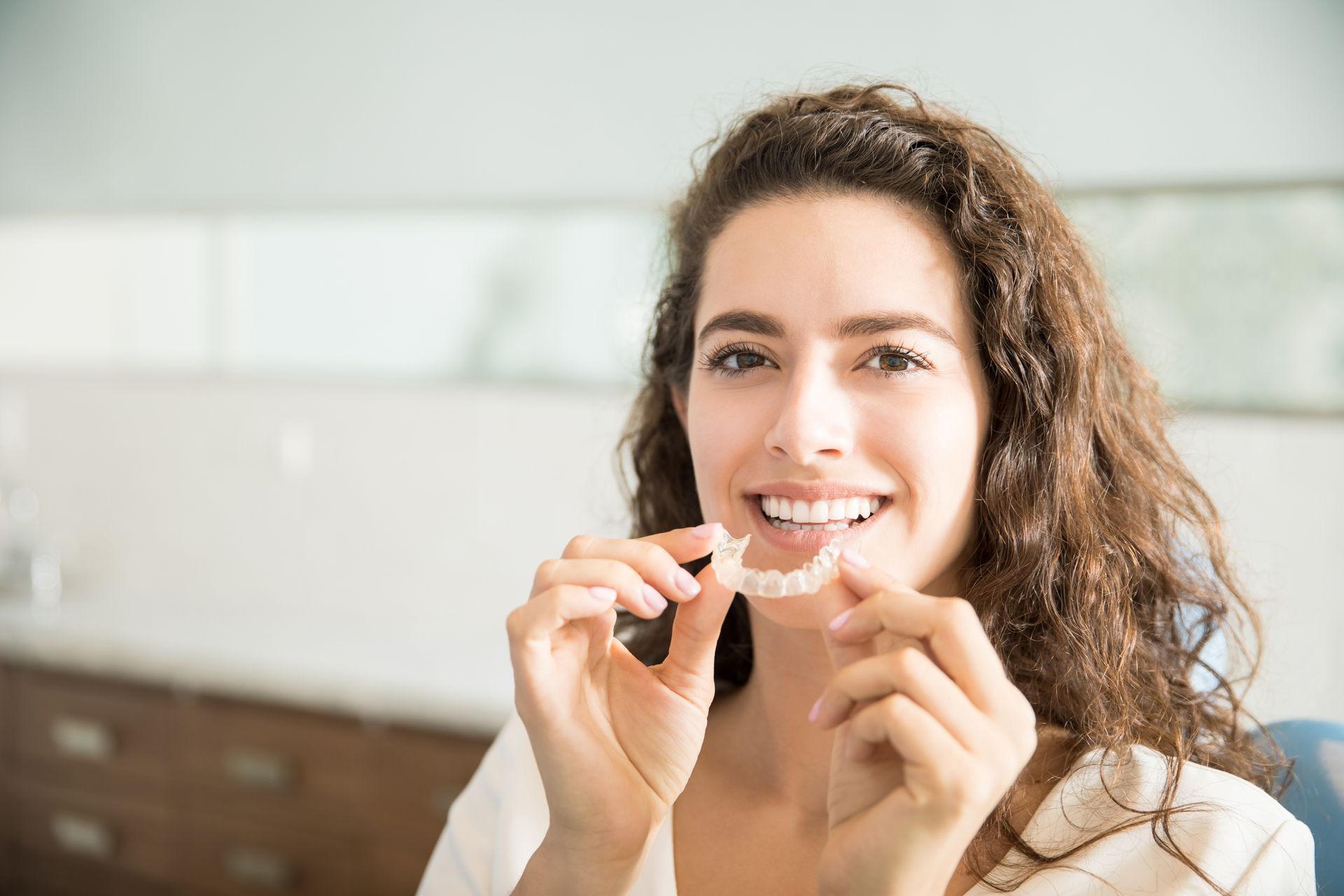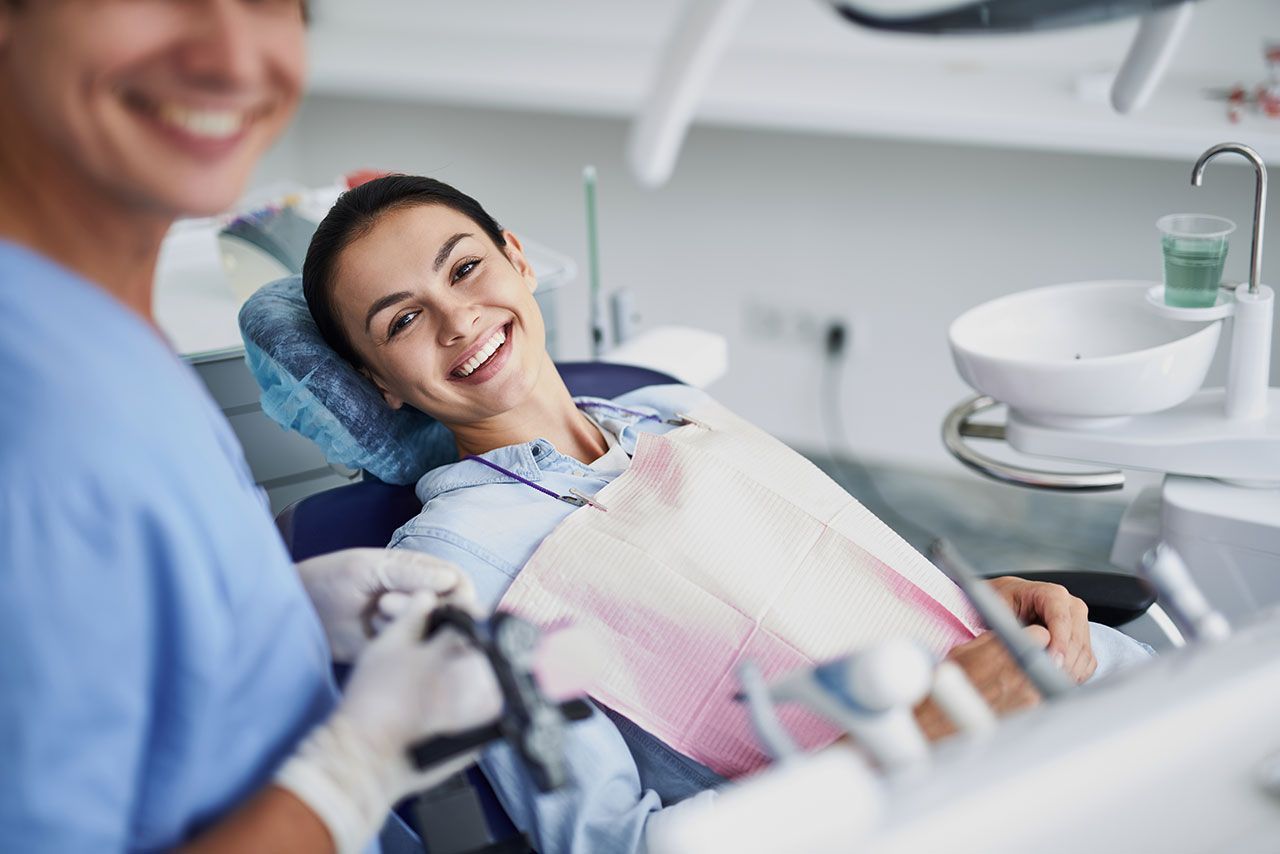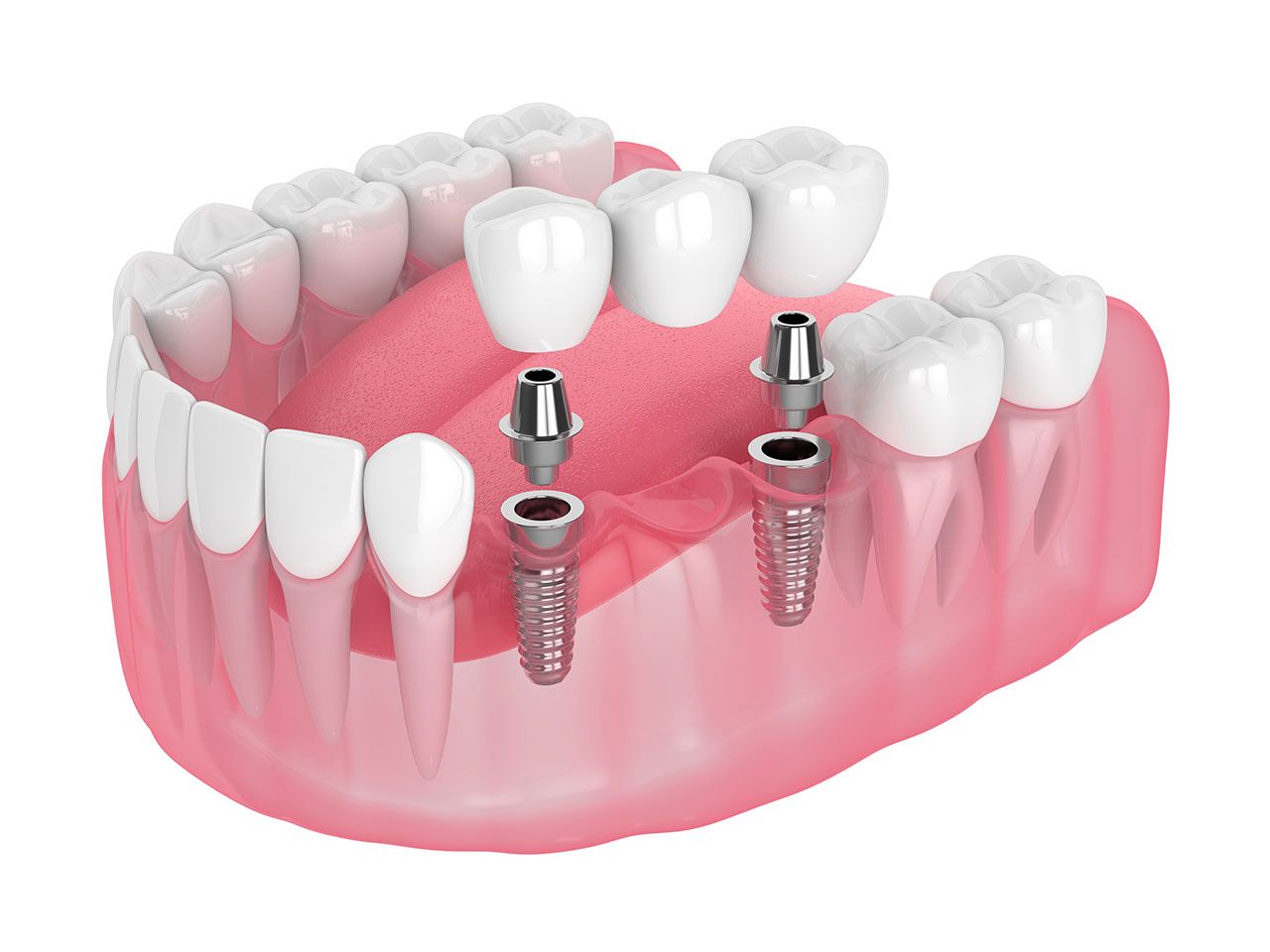Why Do I Keep Getting Cavities? Simple Steps to Break the Decay Cycle
Ever walk out of a dental checkup feeling sure everything was fine—only to learn another tiny spot of decay has appeared? Cavities can feel like an endless game of whack-a-mole, but they’re not random. Understanding why they form (and keep returning) is the first move toward winning lasting oral health.
The Science Behind Tooth Decay: What Is a Cavity?
A cavity is permanent damage to the tooth’s hard outer layer (enamel) that progresses into softer dentin underneath. Decay begins when oral bacteria feed on sugars and starches in food, producing acids that dissolve enamel minerals. If the process isn’t interrupted, acid erosion creates a hole—a literal cavity—that can grow until it reaches the nerve.
Enamel doesn’t regenerate on its own, so early detection and prevention are vital. Fortunately, most cavities develop slowly, offering plenty of chances to intervene once you know what to watch for.
Six Common Reasons Cavities Keep Coming Back
- Hidden Sugar in Daily Diet
Even foods labeled “healthy” (smoothies, granola, flavored yogurt) often deliver a sugar rush to oral bacteria. Frequent sip-and-snack habits mean teeth bathe in acid longer.
- Brushing Blind Spots
Skipping hard-to-reach molars or rushing the two-minute mark leaves plaque where it thrives. An electric brush or disclosing tablets can reveal missed zones.
- Inconsistent Flossing
Approximately one-third of a tooth’s surface sits between teeth—places a brush can’t reach. When flossing is irregular, decay has a protected space to start.
- Dry Mouth (Xerostomia)
Saliva buffers acids and delivers minerals that re-harden enamel. Medications, mouth-breathing, or dehydration cut saliva flow, tilting the balance toward decay.
- Deep Pits and Fissures
Natural grooves on chewing surfaces can trap bacteria. Dental sealants add a protective resin layer that smooths these hiding spots.
- Acidic Habits
Sodas, sports drinks, and even sugar-free sparkling water lower oral pH. Combine that with nighttime sipping—when saliva flow drops—and enamel erosion speeds up.
Early Warning Signs: What Do Cavities Feel Like?
Cavities often begin silently, but subtle clues emerge as enamel thins:
- Temperature Sensitivity – A quick zing with cold water or ice cream.
- Sweet Sensitivity – Sharp, fleeting pain when sugary foods hit the spot.
- Rough or “Catchy” Areas – Your tongue may notice a snagging edge.
- Discoloration – White-chalky areas signal early demineralization; brown or black points suggest more advanced decay.
- Lingering Ache – A dull toothache without an obvious trigger hints the cavity has reached deeper layers.
If any of these sensations appear—even briefly—schedule an exam. Treating decay in its earliest stage can prevent the need for fillings, crowns, or root canal therapy.
The Proven Benefits of Strong Oral Hygiene
Professional guidelines from organizations like the American Dental Association (ADA) and the Centers for Disease Control and Prevention (CDC) stress consistent home care combined with regular professional visits. Research summarized in the Journal of the American Dental Association shows that patients who brush twice daily with fluoride toothpaste and floss or use interdental cleaners once daily cut cavity risk by up to 40 percent.
Additional benefits include:
- Remineralization Support – Fluoride in toothpaste and tap water helps enamel re-harden after acid attacks.
- Reduced Bacterial Load – Thorough plaque removal keeps harmful acid-producing microbes in check.
- Healthier Gums – Good hygiene lowers inflammation, which research links to whole-body benefits, including better cardiovascular health.
- Long-Term Savings – Preventive care costs a fraction of restorative treatments such as fillings, crowns, or implants.
Five Practical Strategies to Stop Future Cavities
1. Master the Two-Minute Brush
Use a soft-bristled or electric brush, angling bristles at 45° toward the gumline. Divide your mouth into quadrants and give each full attention for 30 seconds.
2. Choose Fluoride and Desensitizing Pastes
Fluoride strengthens enamel. If sensitivity has already set in, a paste with potassium nitrate can calm nerve endings while you address decay’s root cause.
3. Time Your Sweets
If you enjoy dessert, eat it with a balanced meal rather than as a stand-alone snack. More saliva and chewing activity help neutralize sugars faster.
4. Sip Smart
Keep plain water handy and swish after coffee, soda, or juice. Limit acidic or sugary drinks to mealtimes, and avoid slow sipping throughout the day.
5. Maintain a Custom Recall Schedule
Most adults benefit from a professional cleaning every six months; higher-risk patients may need visits every three or four months. Cleanings remove hardened tartar (calculus) that brushing cannot, resetting the decay clock.
Take Control of Your Cavity Story
Cavities aren’t a mystery— they’re a manageable process rooted in daily habits, saliva chemistry, and timely professional care. By understanding what a cavity is, recognizing what cavities feel like in their earliest phase, and acting on evidence-based prevention, you can break the cycle of repeat fillings and enjoy confident, pain-free smiles.
Ready to protect your teeth for the long haul? The friendly team at Wow Dental—located at 18525 Moross Rd, Detroit, MI 48224—is here to help with personalized coaching, preventive treatments, and high-tech diagnostics. Call 313-371-9880 today to schedule your cavity-blocking checkup and start your journey toward resilient, healthy teeth.
Share This Article










